War Games
The grizzly pursuit of war has long been child’s play. Anyone who has been hit in the eye with a rogue Nerf pellet will tell you this.
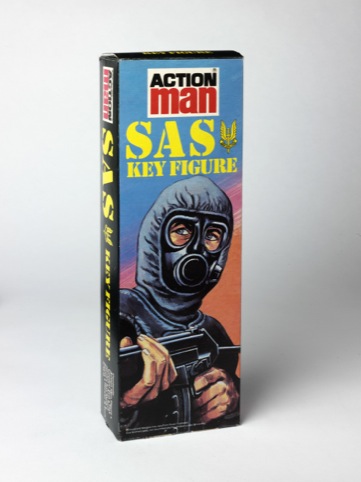
War Games at the V&A Museum of Childhood in London will explore the role of warfare in children’s games from 1800 to the present day across the sections Playing at War, On the Battlefield, Reality to Fantasy and Secret Weapons.
Whatever your opinion on war being replicated in children’s play, it’s unignorable and can be found in the toy design of any era, often reflecting the technology or contemporary conflict of the time.
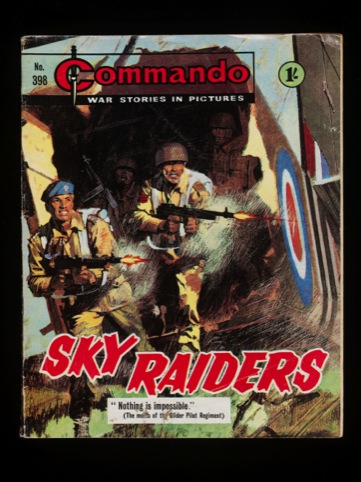
After all we were once the boys and girls firing the Nerf pellets, or other such projectiles – spud guns maybe, depending on your generation.
The museum will be showcasing more than 100 pieces from its own collection and has borrowed from the collections of the Imperial War Museum, the Museum of London, the Spielzeugmuseum in Nuremberg, and private collectors.
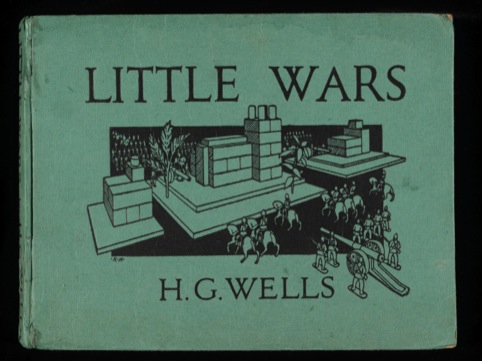
In some cases toys have been used as tools of properganda and to instill a sense of militarism or nationalism in children. Look no further than 1914 British puzzle Get Rid of The Huns.
Through 2013 goggles it sounds shocking, and it’s difficult not to apply a revisionist history to these things.
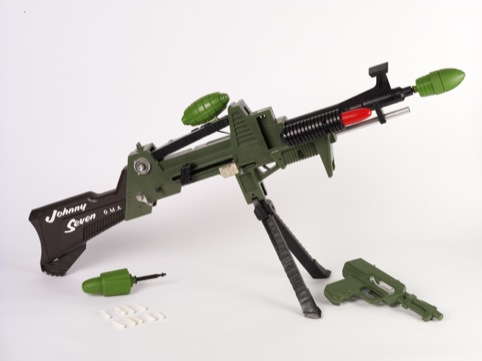
The puzzle is explored in the Secret Weapons section of the exhibition, which looks at the use of toys in warfare ‘to train and influence, to comfort and heal and to aid escape’ according to the Museum of Childhood.
Playing at War will look at reenacting war, through a display of dressing up clothes, toy weapons and strategy games.
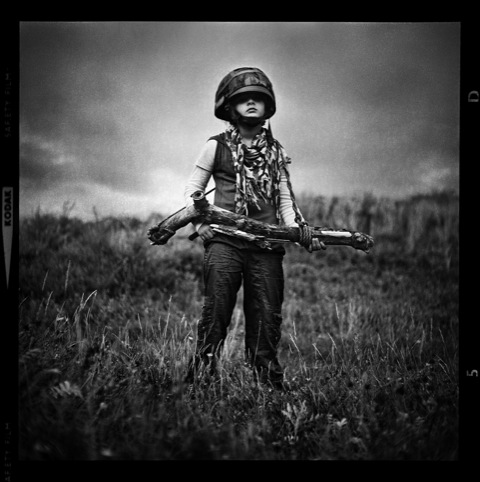
Morgan White’s photograph of his daughter, entitled Mum Wouldn’t Let Me Have Toy Guns, So I Made My Own, 2010, shows that children might well create pretend guns, in spite of or because of disapproving adults. It also raises questions of war games and gender.
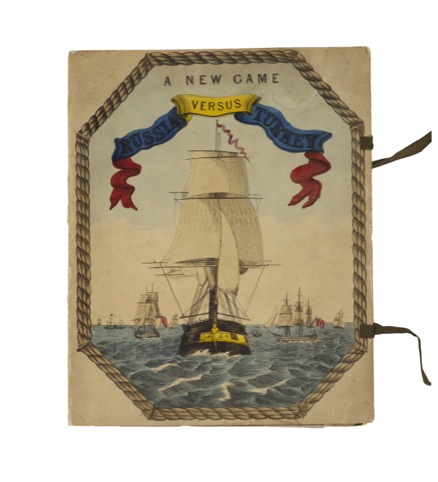
On The Battlefield takes a chronological overview of combat, exploring how toy design follows advances in weaponry and reflects new conflicts in new war zones.
Reality to Fantasy looks at post-WWII toys where an increased exposure to the brutality of war has led to public distaste for war toys, turning manufacturers, attention instead to the space race of the 1950s and 1960s, and the proliferation of various space rangers and ray guns.
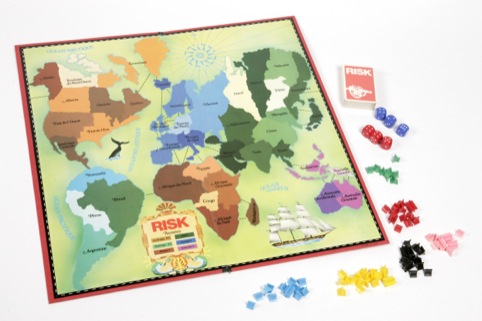
Despite opposition to nuclear power in the Cold War era, toy makers and comic publishers ‘tapped into fear and fascination of the atomic age’ says The Museum of Childhood, which will present super heroes who fought battles of good and evil in this context.
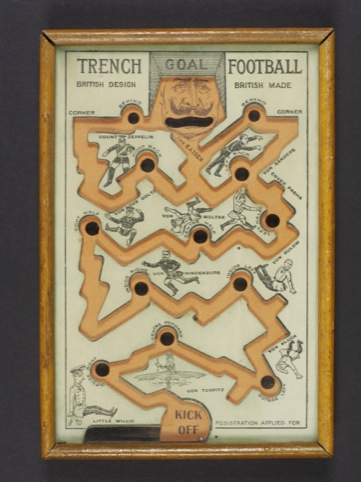
Faced with the reality of protests against the Vietnam War and increased media exposure to conflict, toy manufacturers funneled children’s attention toward historic battles, cowboys and Indians and even medieval knights.
We already knew war is a serious business, but so it seems are the war games played by children.
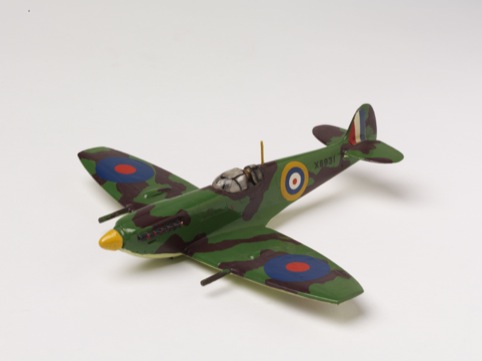
Wells Mackereth designed the exhibition and Boston Studios created the graphics for War Games.
War Games will run from 25 May – 9 March 2014 at The Museum of Childhood, Cambridge Heath Road, E2
-
Post a comment




